Getting Started with the GRI Framework: A Guide for Beginner Practitioners
Sustainability reporting is no longer just a trend—it's becoming an essential part of doing business. For companies looking to communicate their environmental, social, and governance (ESG) efforts, the Global Reporting Initiative (GRI) framework provides a globally recognized set of standards to guide this process. But if you’re new to GRI, navigating the guidelines might seem overwhelming. In this post, we’ll break down the essentials and guide you step by step on how to get started with GRI as a beginner practitioner.
What is the GRI ?
Why should you use the GRI framework?
- Credibility
and Standardization: GRI is internationally recognized, and adhering
to its standards can boost your company’s credibility among stakeholders
and investors.
- Flexibility:
GRI is suitable for organizations of all sizes and industries, allowing
even beginners to tailor their reports to what’s most relevant.
- Stakeholder
Engagement: GRI encourages active engagement with stakeholders, which
not only improves your report but strengthens relationships with those who
matter most to your business.
Who Should Use GRI?
The beauty of the GRI framework is its versatility. Whether you’re a small
business or a multinational corporation, the GRI standards can be adapted to
suit your organization. GRI is particularly useful for companies looking to
communicate their ESG performance in a way that is structured, consistent, and
easy to understand.
This guide will break down the GRI framework and explain how
you can use it to effectively report on your sustainability efforts. We will
explore its key concepts, reporting principles, and the three
sets of standards that form the core of the framework: Universal Standards,
Sector Standards, and Topic Standards.
Key Concepts in GRI Reporting
Before diving into the GRI standards, it's essential to
understand some key concepts that form the foundation of sustainability
reporting:
- Materiality
Materiality refers to identifying the most significant economic, environmental, and social issues that impact both your business and its stakeholders. GRI encourages organizations to focus on material issues that reflect their most critical sustainability impacts. - Stakeholder
Inclusiveness
Engaging stakeholders (employees, customers, investors, communities) is central to GRI reporting. Companies must consider stakeholder expectations and involve them in identifying material issues that should be addressed in the sustainability report. - Sustainability
Context
When reporting sustainability performance, it’s essential to provide context—explaining how your organization’s activities contribute to or impact broader environmental, social, or economic trends. - Completeness
Completeness ensures that the sustainability report includes all material information, covers the full scope of the organization’s impacts, and provides a comprehensive view of its sustainability performance.
Reporting Principles in GRI
The GRI framework is built on a set of reporting principles that help ensure that the information disclosed in sustainability reports is both accurate and meaningful.
- Accuracy:
Reported data should be precise and detailed enough to enable stakeholders
to assess the organization’s performance.
- Balance:
The report should reflect both positive and negative aspects of the
organization’s sustainability performance, presenting an honest picture.
- Clarity:
Information should be presented in a way that is easy for stakeholders to
understand.
- Comparability:
Reports should include information that allows stakeholders to compare
sustainability performance over time or with other organizations.
- Reliability:
Information in the report should be subject to sufficient quality checks
to ensure its credibility.
- Timeliness:
Reports should be published regularly to provide up-to-date information
for stakeholders.
These principles guide organizations in preparing high-quality, credible reports that stakeholders can trust.
The Three Sets of GRI Standards
Now that we’ve established key concepts and reporting
principles, let's dive into the three main categories of GRI standards: Universal
Standards, Sector Standards, and Topic Standards.
1. Universal Standards
The Universal Standards are the foundation of the GRI
framework and must be applied by all organizations, regardless of their
industry or size. These standards provide general guidance on what all
organizations should disclose.
Key components of Universal Standards:
- GRI
1: Foundation
The foundation standard provides essential guidance on how to use the GRI standards. It outlines the principles for ensuring transparency, accuracy, and balance in reporting. - GRI
2: General Disclosures
This standard requires organizations to disclose general information about their structure, governance, and operations. It covers key details like the organization’s size, ownership, supply chain, ethics, and how sustainability management is embedded into its overall strategy. - GRI
3: Material Topics
GRI 3 helps organizations identify and prioritize material sustainability topics. It provides a structured approach for conducting a materiality assessment and involves engaging stakeholders to ensure that the report covers the most relevant sustainability issues.
The Sector Standards address industry-specific
sustainability challenges and provide additional guidance to help organizations
in specific industries disclose relevant material topics.
Key features of Sector Standards:
- Industry-Specific
Guidance
These standards help identify material topics that are unique to each sector, enabling organizations to focus on the issues that matter most to their industry. - Examples
of Sectors with Standards:
- Mining
and Metals: Reporting on resource depletion, emissions, and community
impacts.
- Financial
Services: Focusing on responsible investment, client privacy, and
social impact.
- Agriculture:
Addressing biodiversity, land use, and supply chain management.
By using Sector Standards, companies can provide more
targeted and relevant sustainability disclosures that reflect the unique risks
and opportunities of their industry.
3. Topic Standards
The Topic Standards cover specific environmental,
social, and governance (ESG) topics that are relevant to sustainability
reporting. These standards provide detailed requirements and guidance for
measuring and reporting on specific sustainability issues.
Topic Standards are organized into three main categories:
- Environmental
Topics:
These standards cover topics like emissions, energy use, and waste management. For example: - GRI
305: Emissions – Requires organizations to report on greenhouse gas
emissions across scope 1, 2, and 3, helping stakeholders understand their
carbon footprint.
- GRI
306: Waste – Focuses on how much waste the organization generates and
how it is disposed of, including recycling and hazardous waste
management.
- Social
Topics:
Social standards focus on labor practices, employee well-being, and human rights. For instance: - GRI
401: Employment – This standard requires companies to report on
employee turnover, benefits, and contract types.
- GRI
403: Occupational Health and Safety – Ensures that companies disclose
information on workplace safety, accidents, and preventive measures.
- Governance
Topics:
Governance standards deal with how companies manage ethics, leadership, and anti-corruption efforts. For example: - GRI
205: Anti-Corruption – This standard focuses on disclosing incidents
of corruption and the company’s anti-corruption measures.
- GRI
207: Tax – Encourages companies to report on their tax strategy,
country-by-country tax contributions, and how they ensure compliance.
Topic Standards allow organizations to report
in-depth on their most critical sustainability issues, providing stakeholders
with detailed and comparable data.
By applying the Universal Standards, Sector
Standards, and Topic Standards within the context of materiality,
stakeholder inclusiveness, and other key GRI principles, companies can
create a comprehensive sustainability report. This report not only demonstrates
their commitment to sustainability but also helps them build trust with their
stakeholders through transparency, consistency, and accountability.
Key Benefits of Using GRI
Using GRI has several advantages:
- Standardization:
It provides a consistent format that is widely understood across
industries and regions.
- Stakeholder
Trust: Following a recognized framework can boost your credibility
among investors, regulators, and consumers.
- Improved
Sustainability Performance: By systematically addressing ESG issues,
you can enhance long-term business resilience and sustainability.
How GRI Aligns with Other Reporting Frameworks
GRI often works alongside other reporting frameworks such as the Sustainability
Accounting Standards Board (SASB) and the Task Force on Climate-related
Financial Disclosures (TCFD). While GRI focuses on the broader impact of an
organization, frameworks like SASB emphasize financial materiality. Using GRI
in combination with others can provide a holistic view of your sustainability
efforts.
At the heart of any GRI report is the concept of materiality, which
refers to the issues that are most relevant to your business and stakeholders.
Here's how to carry out a materiality assessment:
- Identify
Potential Issues: Consider a wide range of sustainability topics, from
carbon emissions to human rights, that could impact your business or
stakeholders.
- Engage
Stakeholders: This process involves reaching out to employees,
customers, suppliers, and investors to understand their concerns and
expectations. Engagement can take the form of surveys, interviews, or
workshops.
- Prioritize
Issues: Once you’ve gathered input, rank the issues based on their
relevance to your business and the level of interest from stakeholders.
The highest-ranking issues should form the core of your sustainability
report.
Once you've completed your materiality assessment, it’s time to align your
reporting with the appropriate GRI standards:
- Universal
Standards: Start with the basics, like disclosing your company’s
structure, policies, and approach to managing material sustainability
issues.
- Sector
Standards: Choose any sector-specific standards that align with your
industry (e.g., mining, agriculture, technology).
- Topic Standards: Select topics that are most relevant to your organization. For example, if reducing emissions is a key priority, you’ll focus on environmental reporting topics.
Step 3: Set Clear Sustainability Goals
With your material issues in hand, it’s time to define SMART (Specific,
Measurable, Achievable, Relevant, Time-bound) sustainability goals. These goals
should reflect your company's mission and values while being practical. For
example:
- Environmental
Goal: “Reduce our carbon emissions by 30% over the next five years.”
- Social
Goal: “Increase diversity in management roles to 40% by 2026.”
Step 4: Collect Data and Measure Performance
Data collection is a crucial part of sustainability reporting, and it must be accurate and verifiable. Depending on your goals, you’ll need to track data such as energy usage, waste production, or employee turnover rates. The data can come from various sources, such as internal operations, supply chain partners, or external audits. Software tools, such as environmental management systems (EMS) or enterprise resource planning (ERP) tools, can help streamline the data collection process.
Creating Your First GRI Sustainability Report
Report Structure
A GRI sustainability report typically includes the following sections:
- Company
Overview: A brief introduction to your company, its values, and its
sustainability strategy.
- Material
Topics: The sustainability issues identified through your materiality
assessment.
- Performance
Metrics: Quantitative data and qualitative information that
demonstrate progress on material issues.
- Future Goals: A forward-looking section outlining future sustainability initiatives and targets.
Key Components of the Report
It’s important to address both management disclosures and performance
indicators. Management disclosures explain how your company is addressing
the material issues, while performance indicators provide measurable outcomes
(e.g., carbon emissions, water usage, or employee satisfaction rates).
Best Practices for Transparent and Effective Reporting
- Use
Clear Language: Avoid jargon and present your sustainability efforts
in straightforward language.
- Visualize
Data: Use graphs, charts, and infographics to make data more engaging
and easier to understand.
- Be
Honest: Stakeholders appreciate transparency, so be upfront about your
successes and areas where improvement is needed.
5. Challenges and How to Overcome Them
Data Collection and Integration
For many organizations, collecting reliable data is the most challenging aspect
of sustainability reporting. This can be addressed by:
- Building
Internal Systems: Implement systems for tracking data throughout the
year rather than rushing to gather it just before reporting.
- Leveraging
Technology: Use software tools to automate and streamline data
collection from different departments.
Resource Constraints
For small and mid-sized businesses, limited resources can make reporting seem
daunting. To overcome this:
- Start
Small: Focus on the most material topics for your company, and expand
as your capacity grows.
- Collaborate: Partner with external consultants or agencies to guide the process if in-house expertise is limited.
Ensuring stakeholder engagement can be tricky, but it’s essential for
meaningful reporting. You can overcome this by:
- Regular
Communication: Maintain consistent dialogue with key stakeholders
throughout the year.
- Incentivizing
Participation: Show how their feedback is directly influencing company
decisions and report outcomes.
The Global Reporting Initiative (GRI) provides a solid
framework for organizations of all sizes to report their sustainability
performance. While the process may seem complex, breaking it down into
manageable steps—starting with a materiality assessment, setting goals,
collecting data, and structuring the report—can make it approachable even for
beginners. By following GRI, companies can enhance transparency, strengthen
stakeholder relationships, and build a more sustainable future.
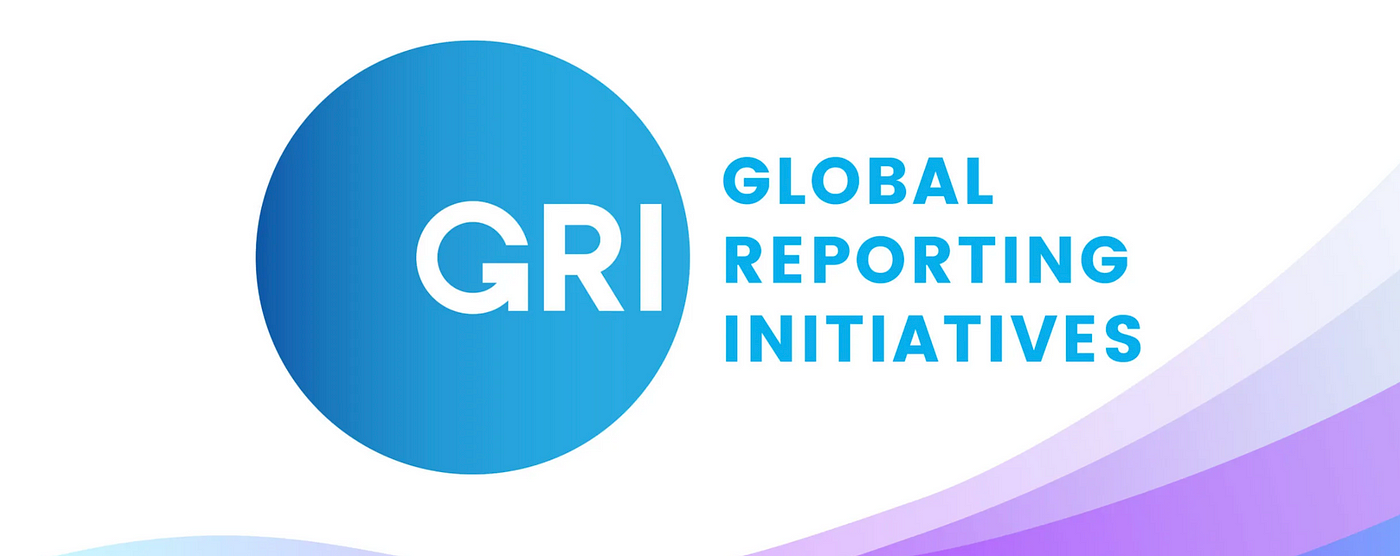



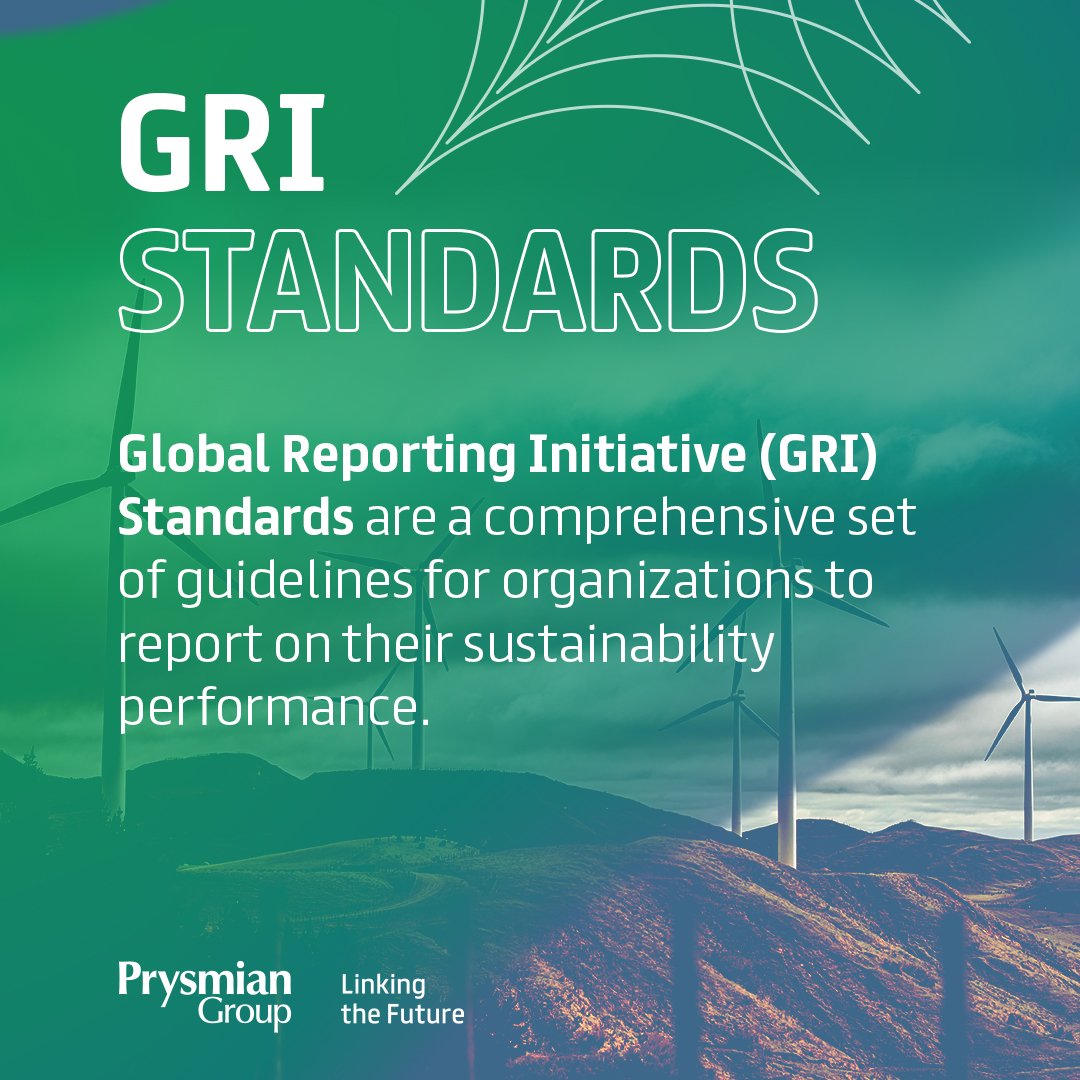

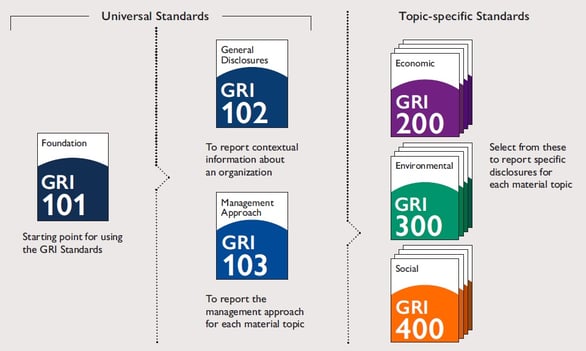
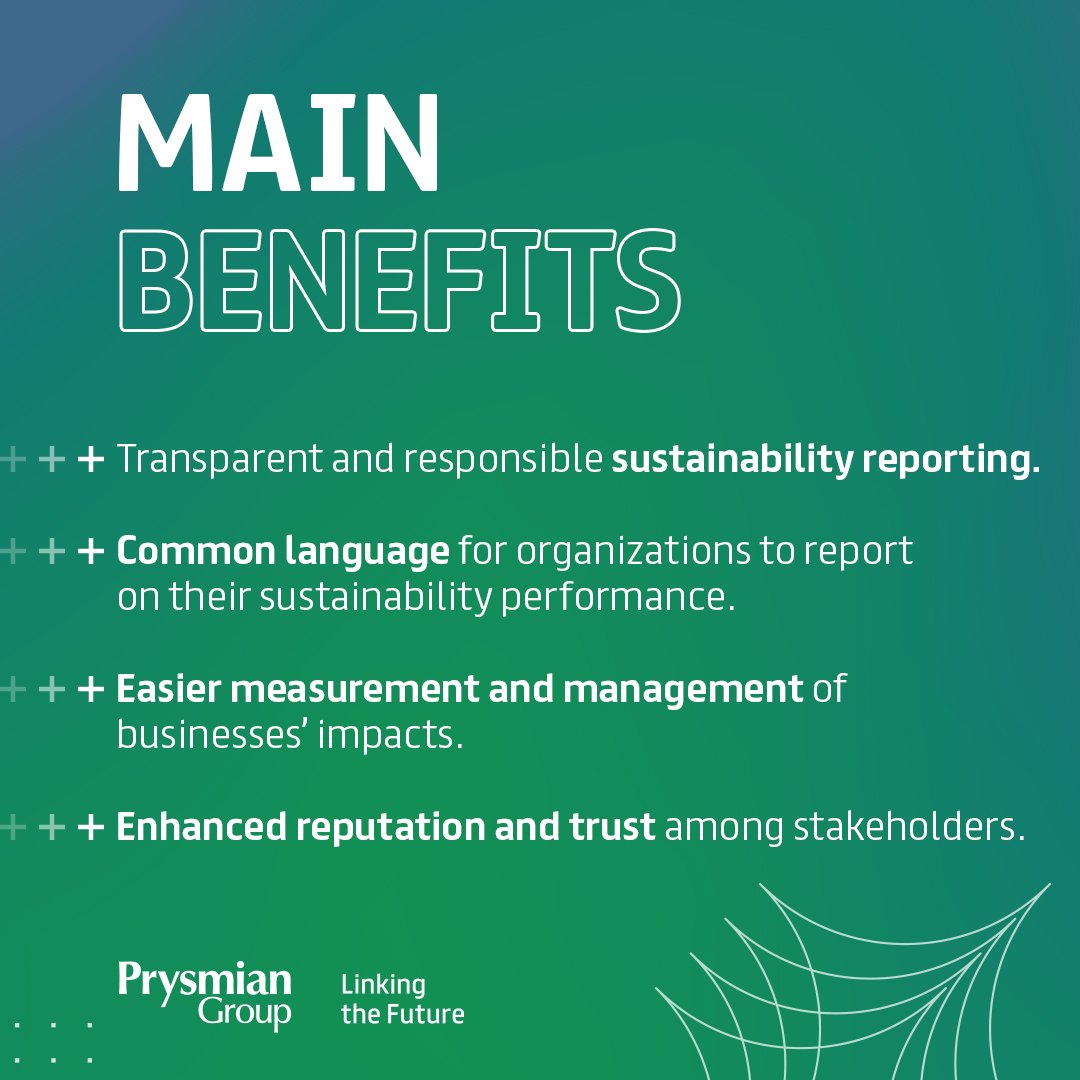
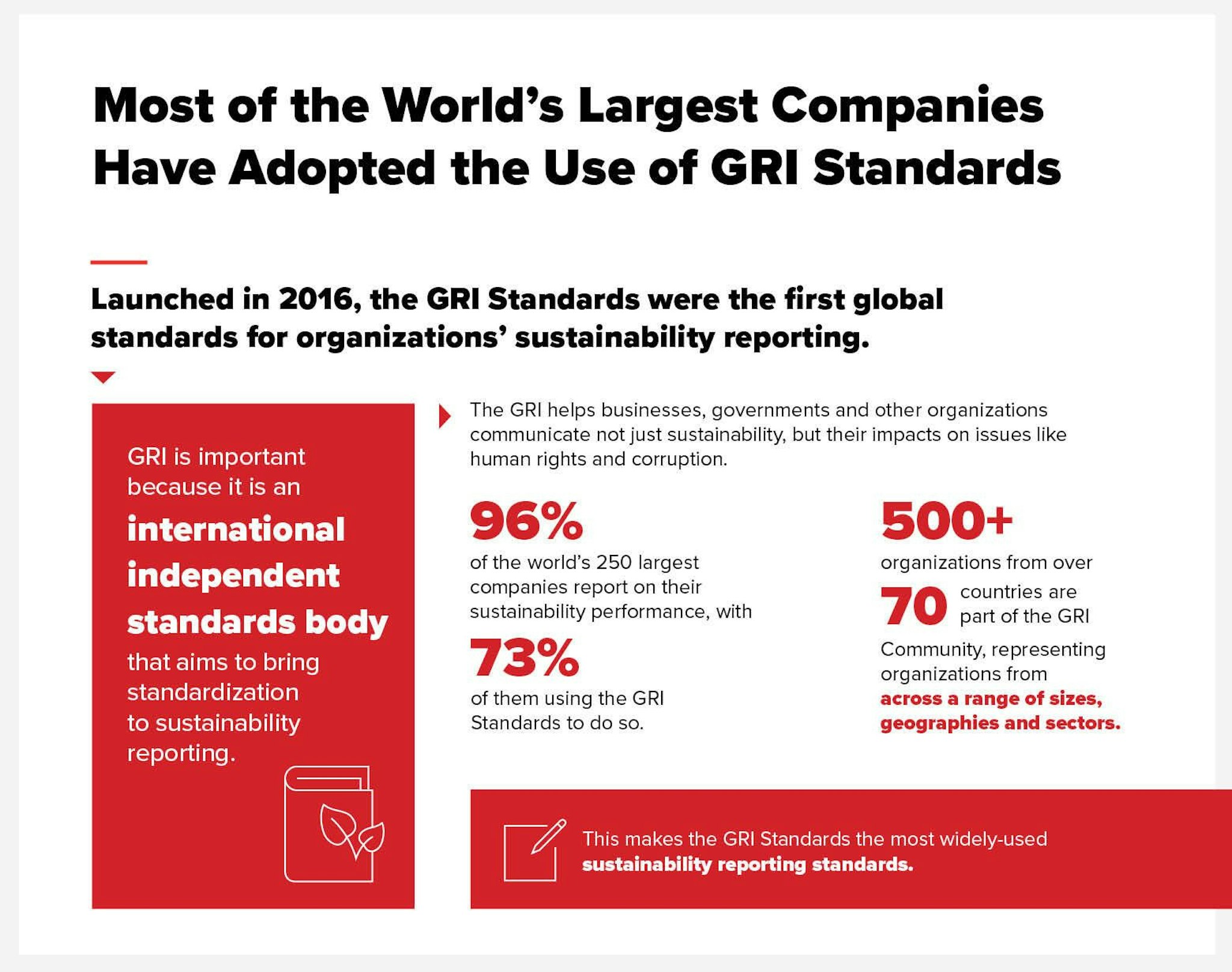



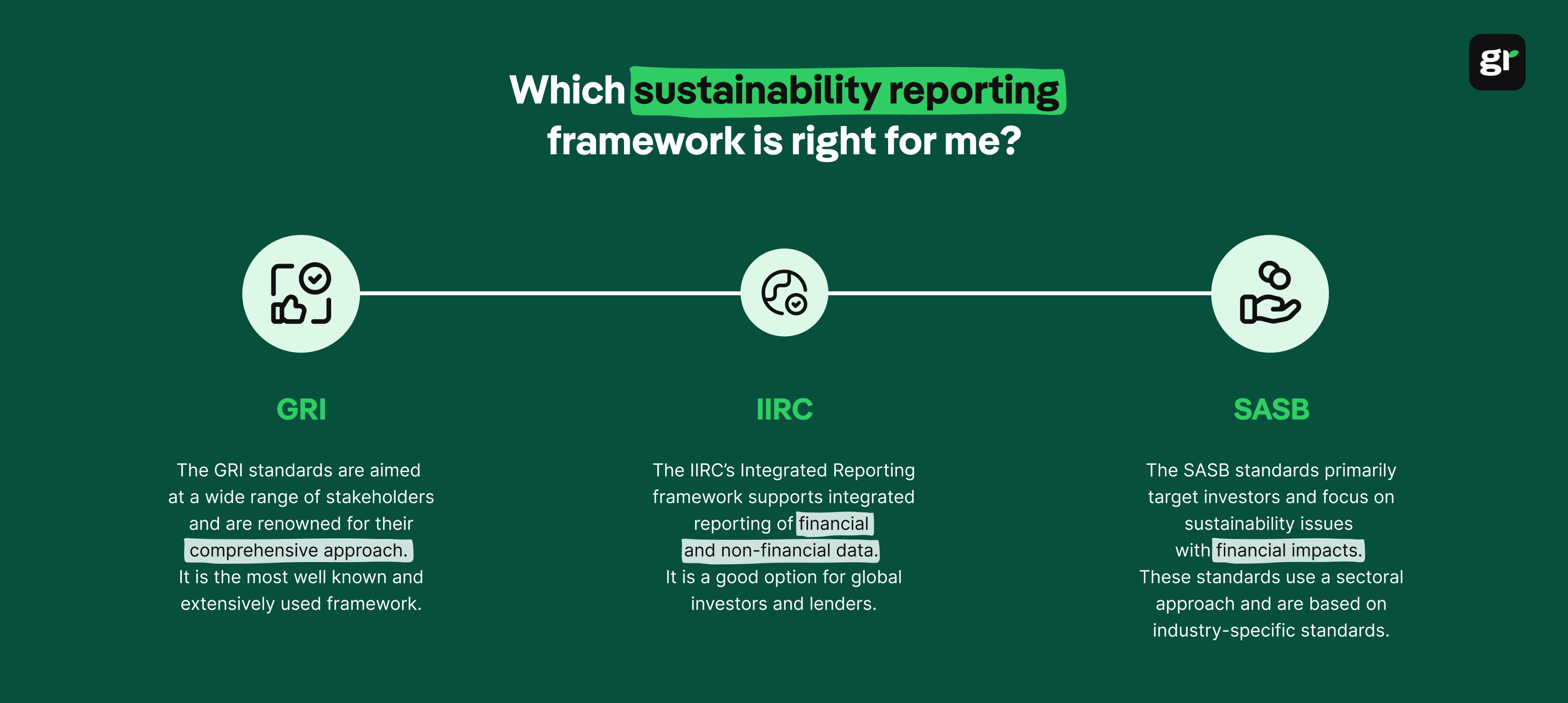
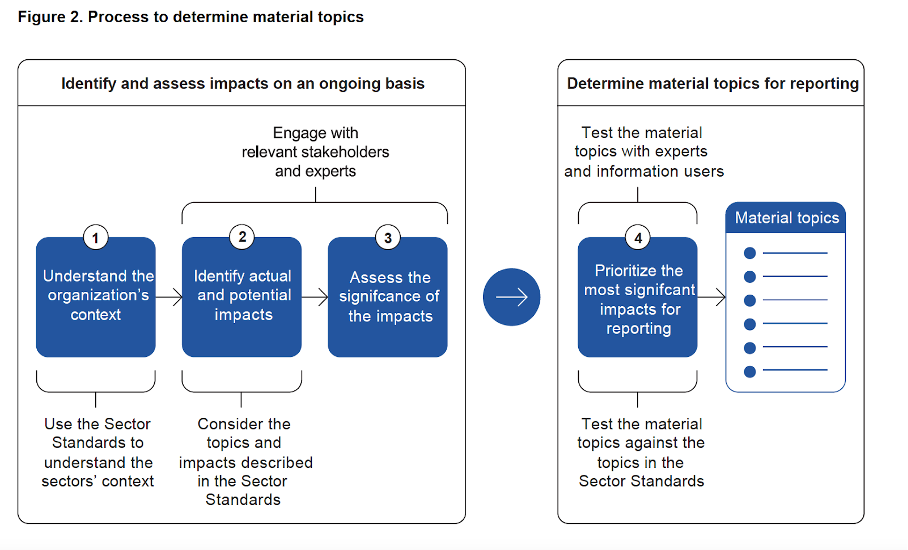
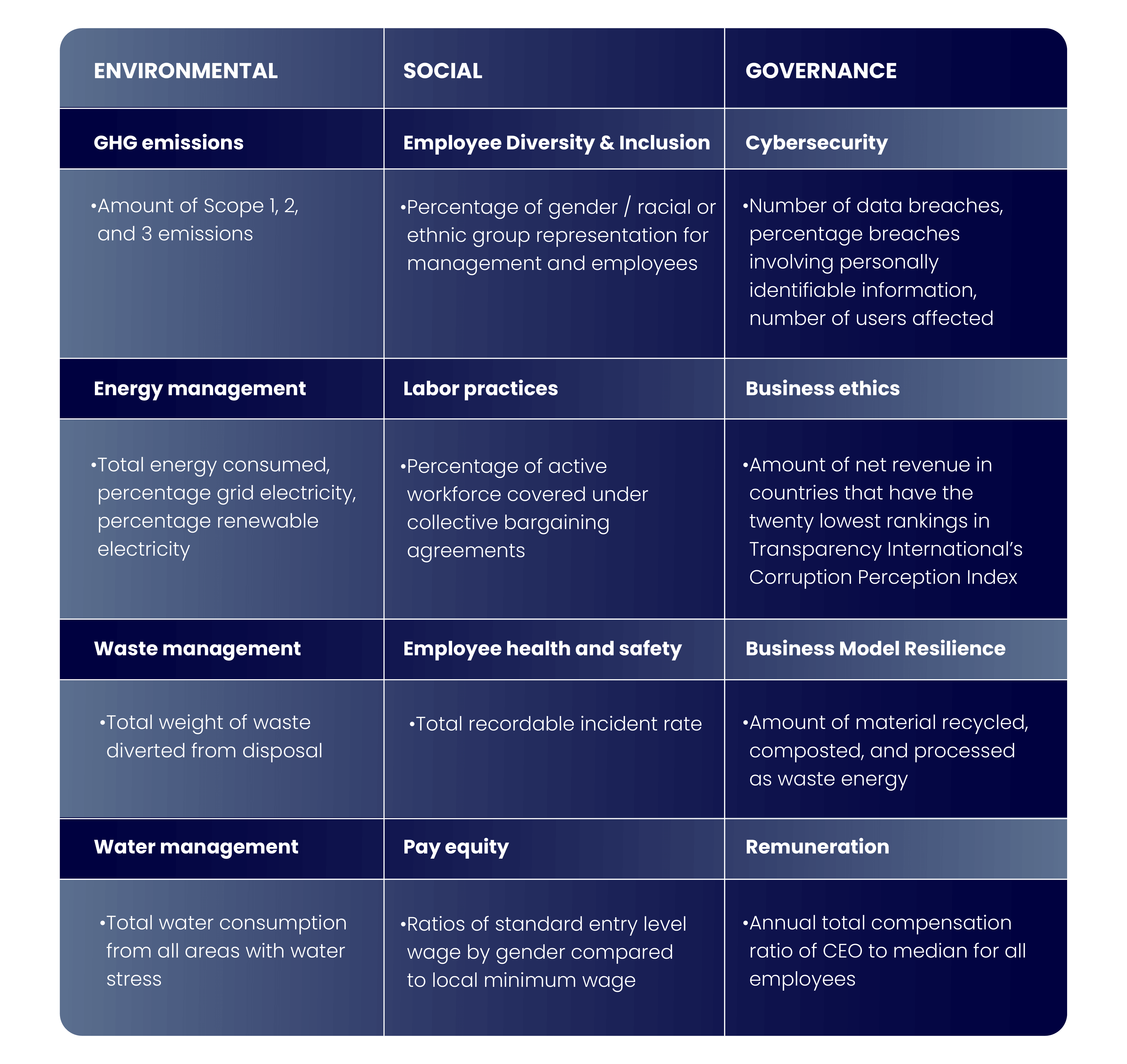
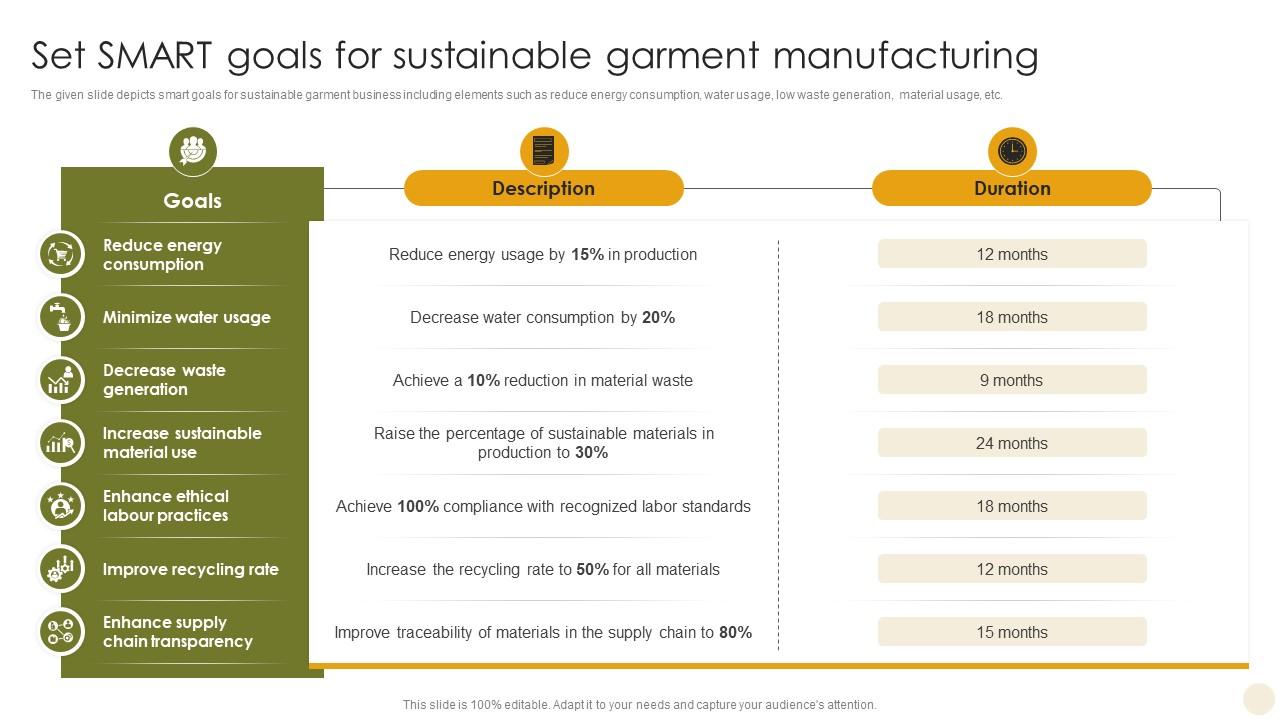

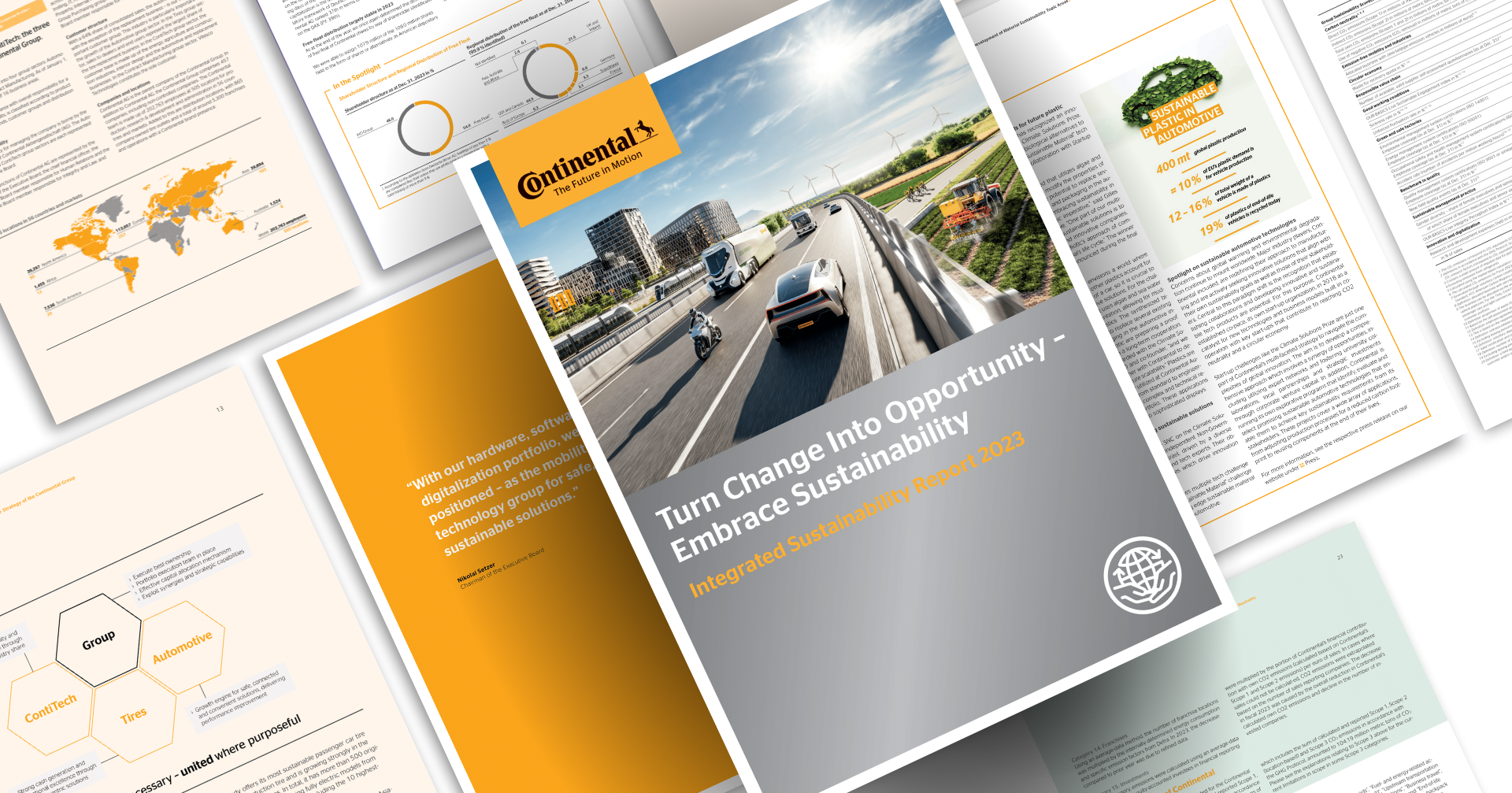




Comments
Post a Comment